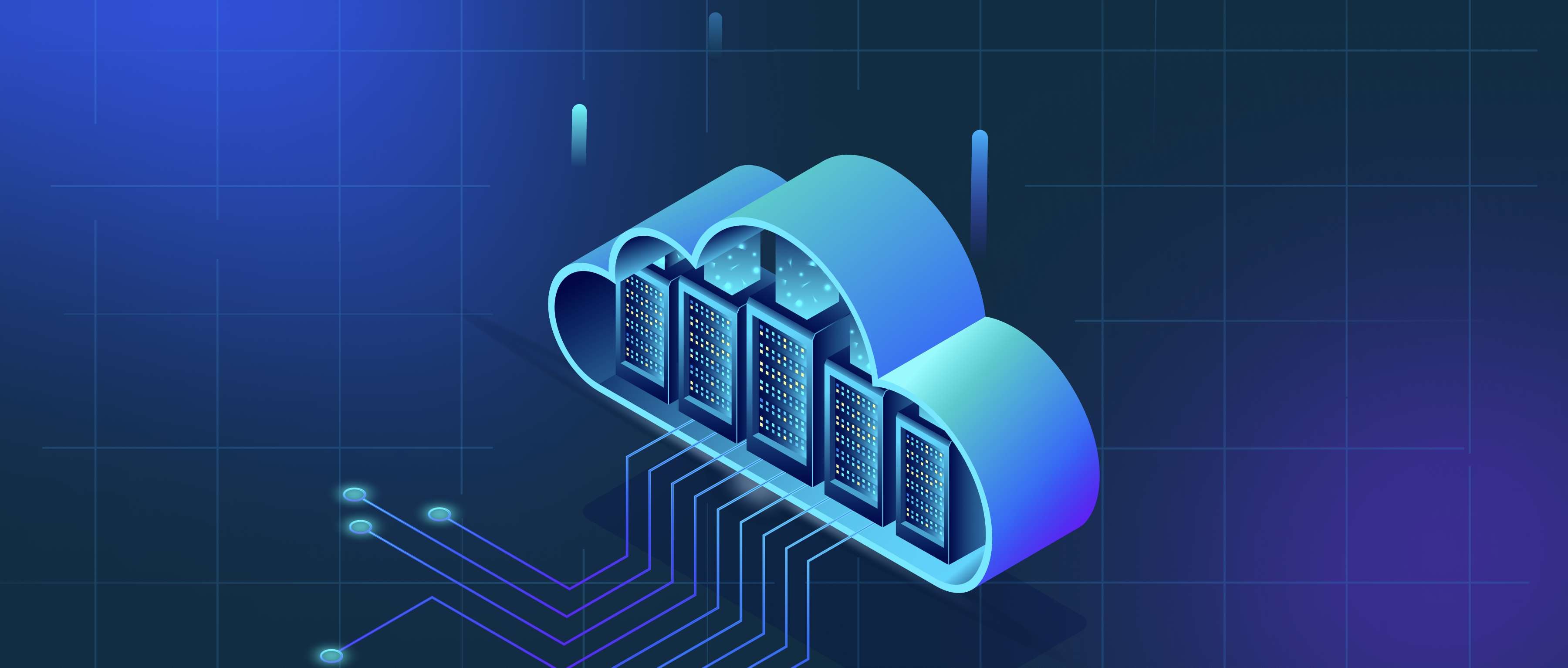The future of image recognition technology lies in its increasing accuracy, efficiency, and ability to handle complex tasks across diverse industries. Advances in machine learning and neural networks, particularly deep learning, are expected to drive this growth. Integration with AI systems will make image recognition more context-aware. For instance, systems will not only identify objects but also understand their relationships and roles in a scene. This will enhance applications like autonomous vehicles, where understanding the environment in detail is crucial. Additionally, edge computing will play a significant role by enabling image recognition on devices like smartphones and IoT devices. This reduces latency and improves privacy by processing data locally rather than relying on cloud services. Such advancements will make image recognition more accessible and versatile.
What is the future of image recognition technology?

- Information Retrieval 101
- AI & Machine Learning
- Accelerated Vector Search
- Natural Language Processing (NLP) Basics
- Master Video AI
- All learn series →
Recommended AI Learn Series
VectorDB for GenAI Apps
Zilliz Cloud is a managed vector database perfect for building GenAI applications.
Try Zilliz Cloud for FreeKeep Reading
Do I have to learn Data analysis for computer vision?
Learning data analysis is not mandatory for computer vision but is highly beneficial. Computer vision involves working w
How do I handle errors and exceptions in LlamaIndex workflows?
Handling errors and exceptions in LlamaIndex workflows is important to ensure that your applications run smoothly and ca
Is computer vision the most important part of robotics?
Computer vision is a critical component of robotics but not necessarily the most important part. Robotics combines vario